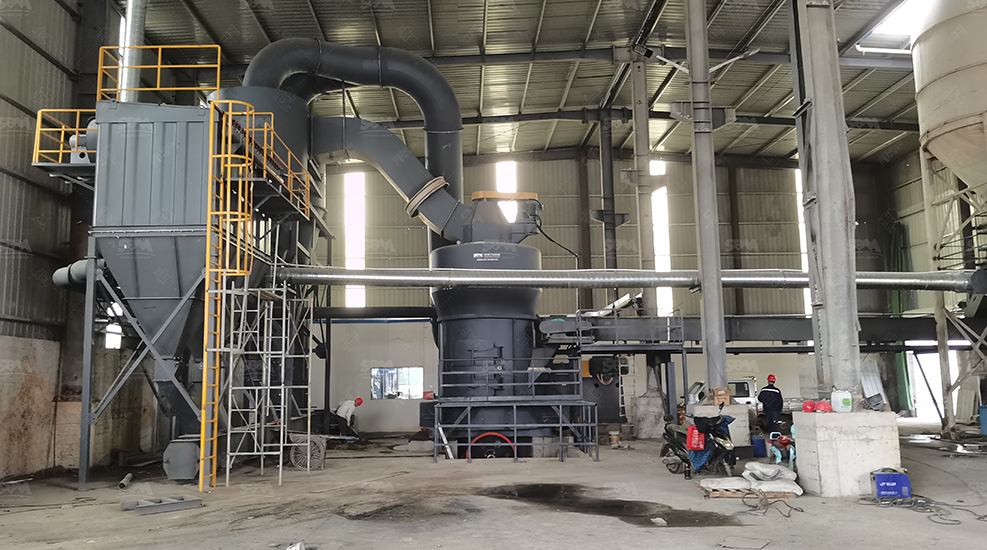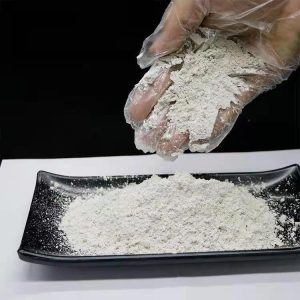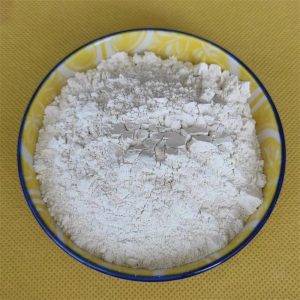Strategic Edge for India’s Calcium Carbonate Industry: A Forward-Looking Perspective
As India’s industrial sectors accelerate toward a projected 7% annual growth, the demand for precision-engineered calcium carbonate powder transcends conventional grinding solutions. Here’s how our Raymond Mill aligns with India’s evolving industrial landscape:
1. Market-Driven Innovation
The mill’s 80-425 mesh adjustability addresses India’s dual demand for coarse construction-grade powders (e.g., 100-200 mesh for PVC pipes) and ultra-fine pharmaceutical-grade particles (under 0.038mm). With 45 T/H capacity (MRN218 model), it outperforms traditional ball mills by reducing system energy consumption to 25–30 kWh/t, a critical advantage as Indian manufacturers prioritize cost-efficiency under rising energy tariffs.
2. Localized Adaptation
- Climate Resilience: Integrated moisture control systems prevent clogging in high-humidity regions like Kerala, where limestone processing faces seasonal challenges.
- Semi-Automation: Simplified controls align with India’s labor-intensive workflows, allowing operators to balance automation with manual oversight—a preference observed in Gujarat’s mineral clusters.
3. Future-Proof Scalability
With India’s mineral grinding market projected to reach ₹14,449 crore by 2030, our modular design enables seamless upgrades:
- Phase 1: Deploy base models (MTW110Z) for small-scale agro-mineral processors.
- Phase 2: Integrate IoT-enabled classifiers for large cement plants adopting Industry 4.0 standards.
4. Sustainability Compliance
The mill’s 25% lower energy footprint supports compliance with India’s Bureau of Energy Efficiency (BEE) guidelines, while its closed-circuit dust collection meets CPCB emission norms—key for securing permits in regulated zones like Rajasthan’s mining belts.
5. Strategic Takeaways for Market Penetration
- Focus on Tier-2 Cities: Target emerging hubs like Coimbatore and Nagpur, where mid-sized paint manufacturers seek affordable high-purity fillers.
- Leverage Local Partnerships: Collaborate with regional distributors to navigate import complexities (e.g., HS code 8474.20 alignment) and streamline spare parts logistics.
Next Steps for Growth:
- Explore Hybrid Solutions: Combine MTW175G’s 25 T/H throughput with auxiliary classifiers for niche sectors like biodegradable plastics.
- Request a Custom ROI Analysis: Let our engineers tailor a grinding solution for your specific mineral feedstock and power tariff conditions.


